Synchronous Hetero‐Interface and Vacancy Engineering for Construction of Pitaya‐Like CoSe1‐x/C@NC@ZnSe Nanosphere Toward Ultrastable Sodium‐Ion Half/Full Batteries
Advanced Energy Materials, EarlyView.

An in situ Se transfer strategy is used to construct ZnSe bonded and N-doped carbon shell-coated CoSe1-x (CoSe1-x/C@NC@ZnSe, CZSCV) nanospheres with abundant hetero-interfaces and enriched Se-vacancies, which can synergistically accelerate the Na+ transfer. Stable and high-rate sodium storage capability can be achieved for the CZSCV anode in the half/full SIBs.
Abstract
Transition metal selenides have attracted extensive attention as promising anode materials for sodium-ion batteries (SIBs) due to their fascinating physical chemistry characteristics. However, its cycling performance especially at high currents, is still unsatisfactory owing to the intrinsic limited conductivity. Herein, N-doped carbon shell coated and ZnSe bonded Se-vacancy enriched CoSe1-x (CoSe1-x/C@NC@ZnSe, CZSCV) nanospheres with abundant hetero-interfaces are designed through an in situ Se transfer strategy. Owing to the ingenious structure, as an anode material in SIBs, CZSCV demonstrates superior cycling stability (363.5 mAh g−1 at 10 A g−1 after 1000 cycles) and high-rate sodium storage capability (193.9 mAh g−1 at 20 A g−1 after 5000 cycles). Meanwhile, in the CZSCV//Na3V2(PO4)3@C full cell, it also delivers a stable capacity of 201.4 mAh g−1 at 1.0 A g−1 and provides a high energy density of 397.4 Wh kg−1 with a power density of 231.6 W kg−1. Based on the kinetics analysis and the density functional theory calculation, the hetero-interfaces and enriched Se-vacancies can synergistically accelerate the Na+/electron transfer, owing to the charge redistribution, the decreased diffusion barrier of Na+ and increased pseudo-capacitive capacity contribution. As a result, excellent high-rate anode material can be achieved for the SIBs.











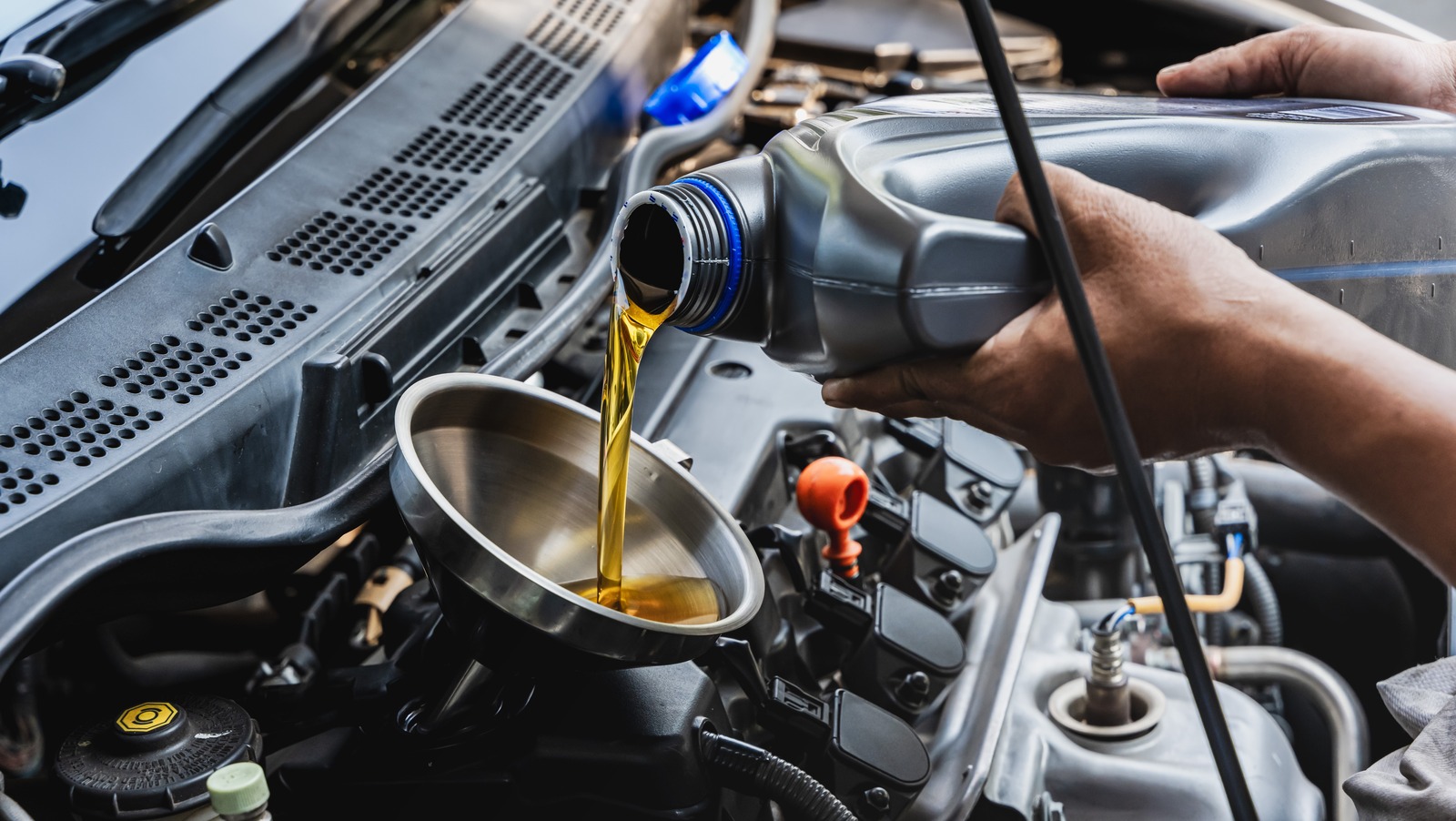

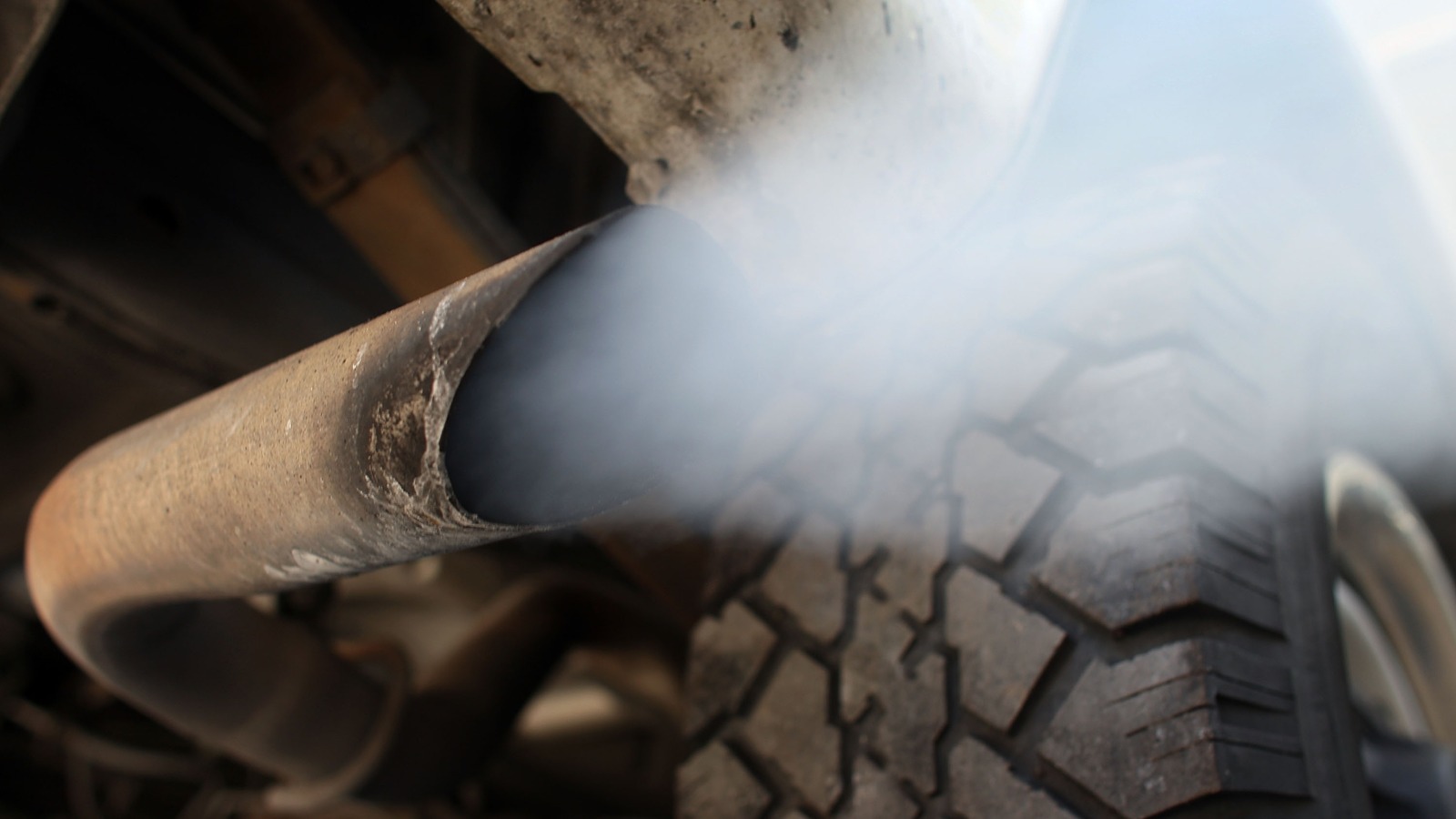




























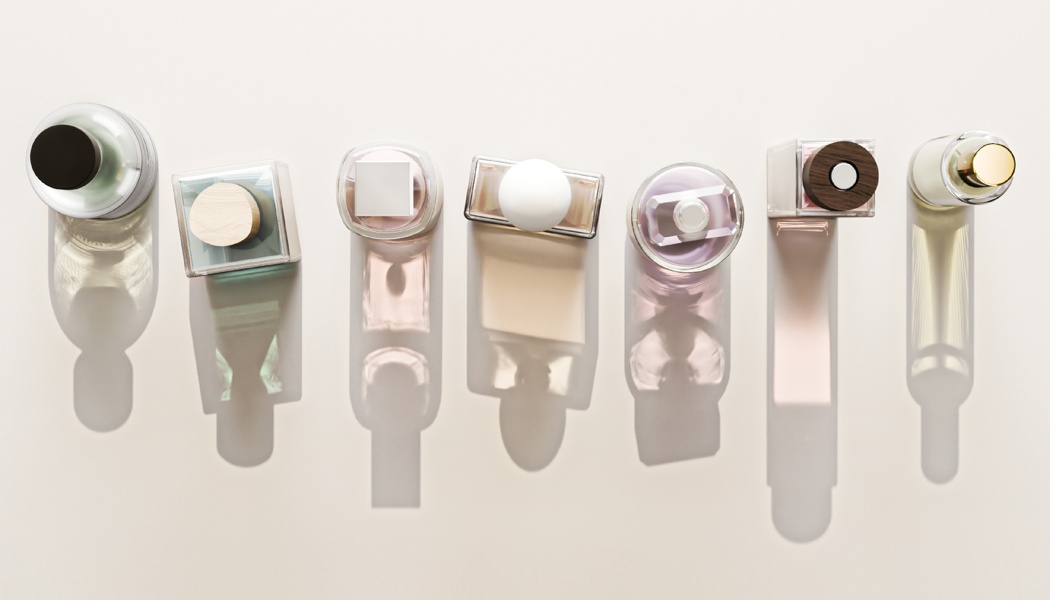





























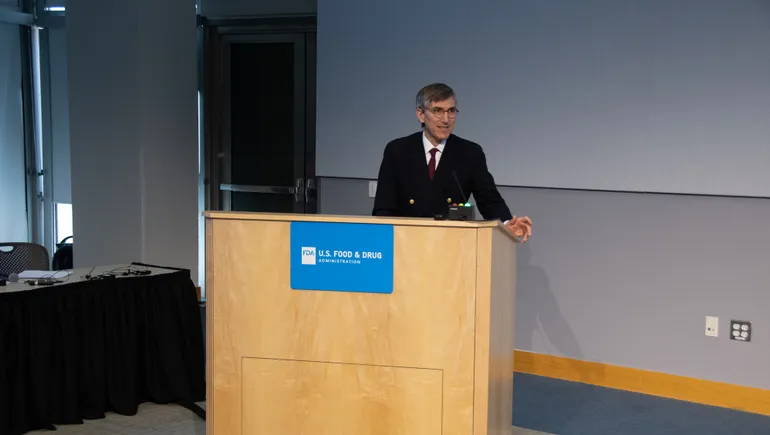
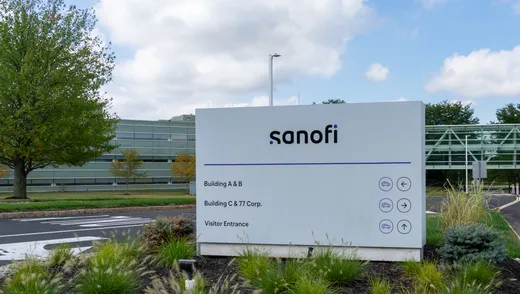
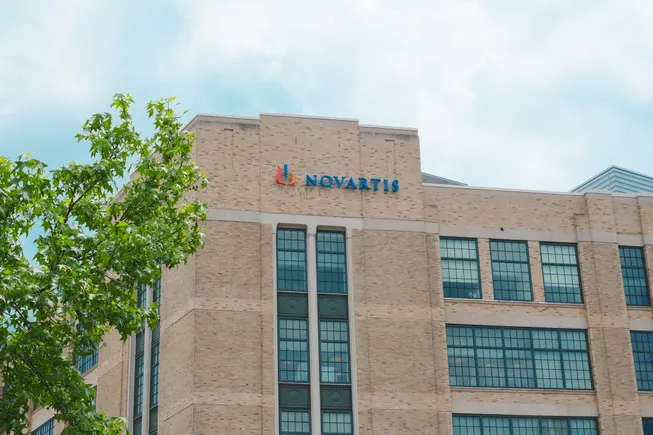
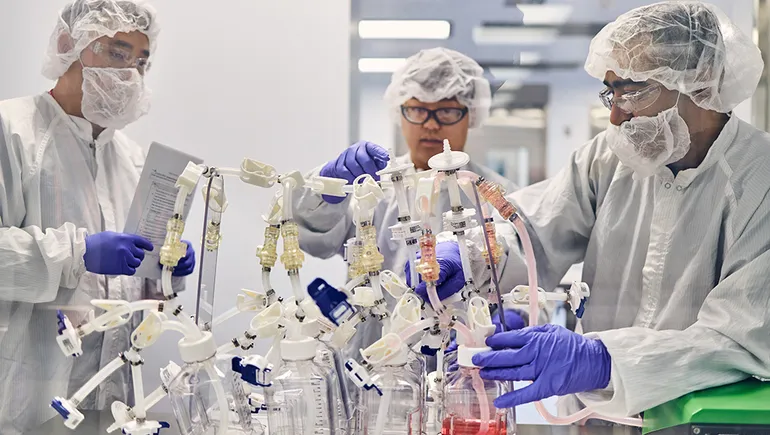





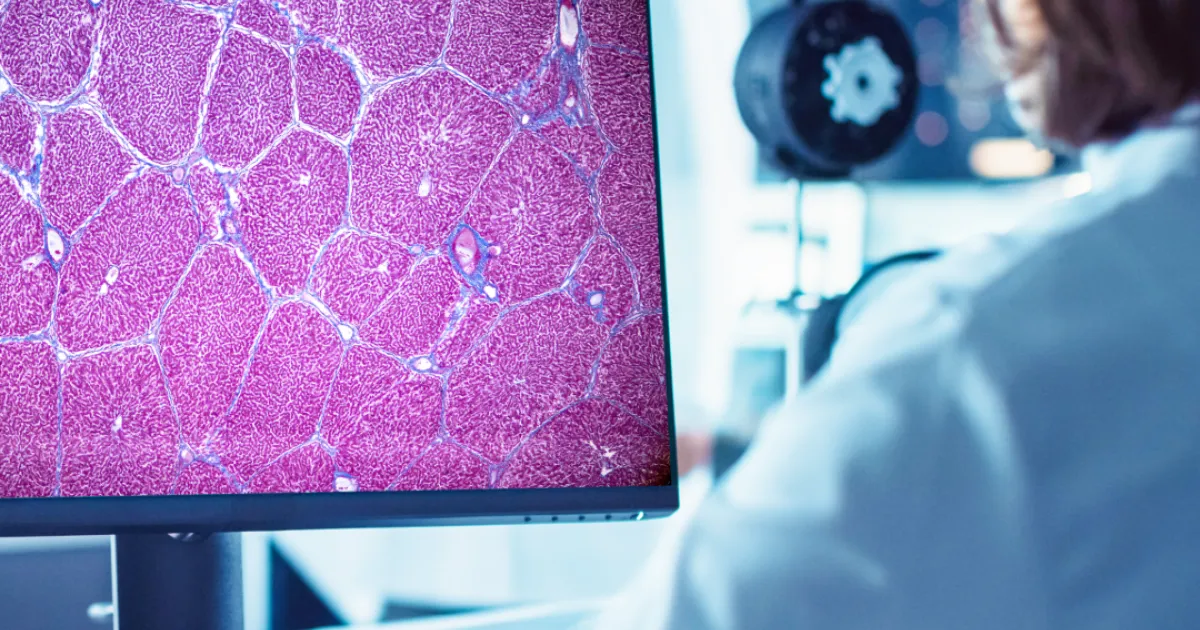















![The sights of Avalon Air Show 2025: Day Three [PHOTOS]](https://breakingdefense.com/wp-content/uploads/sites/3/2025/03/f-35-avalon-final-day-scaled-e1743079275404.jpg?#)
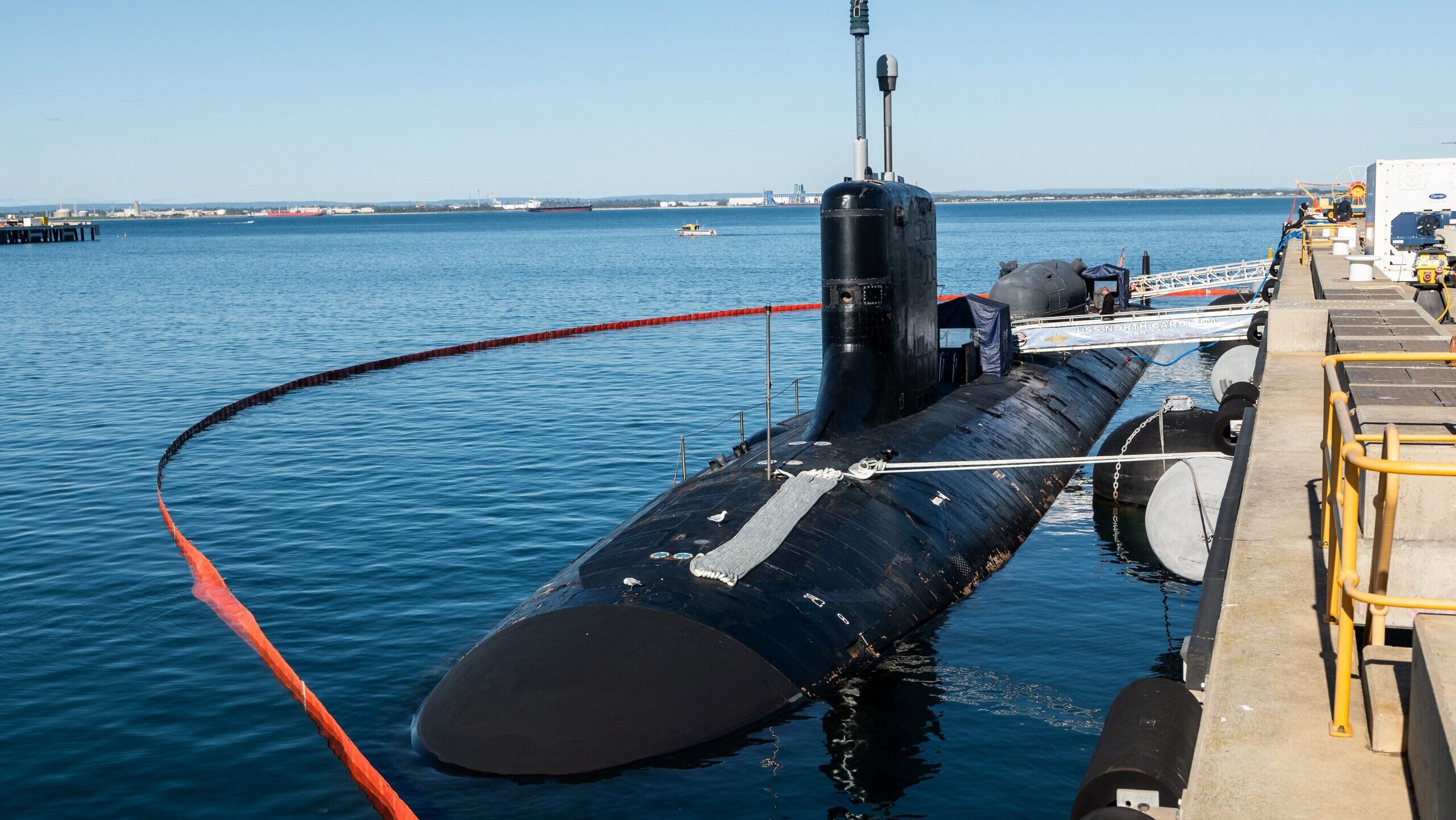













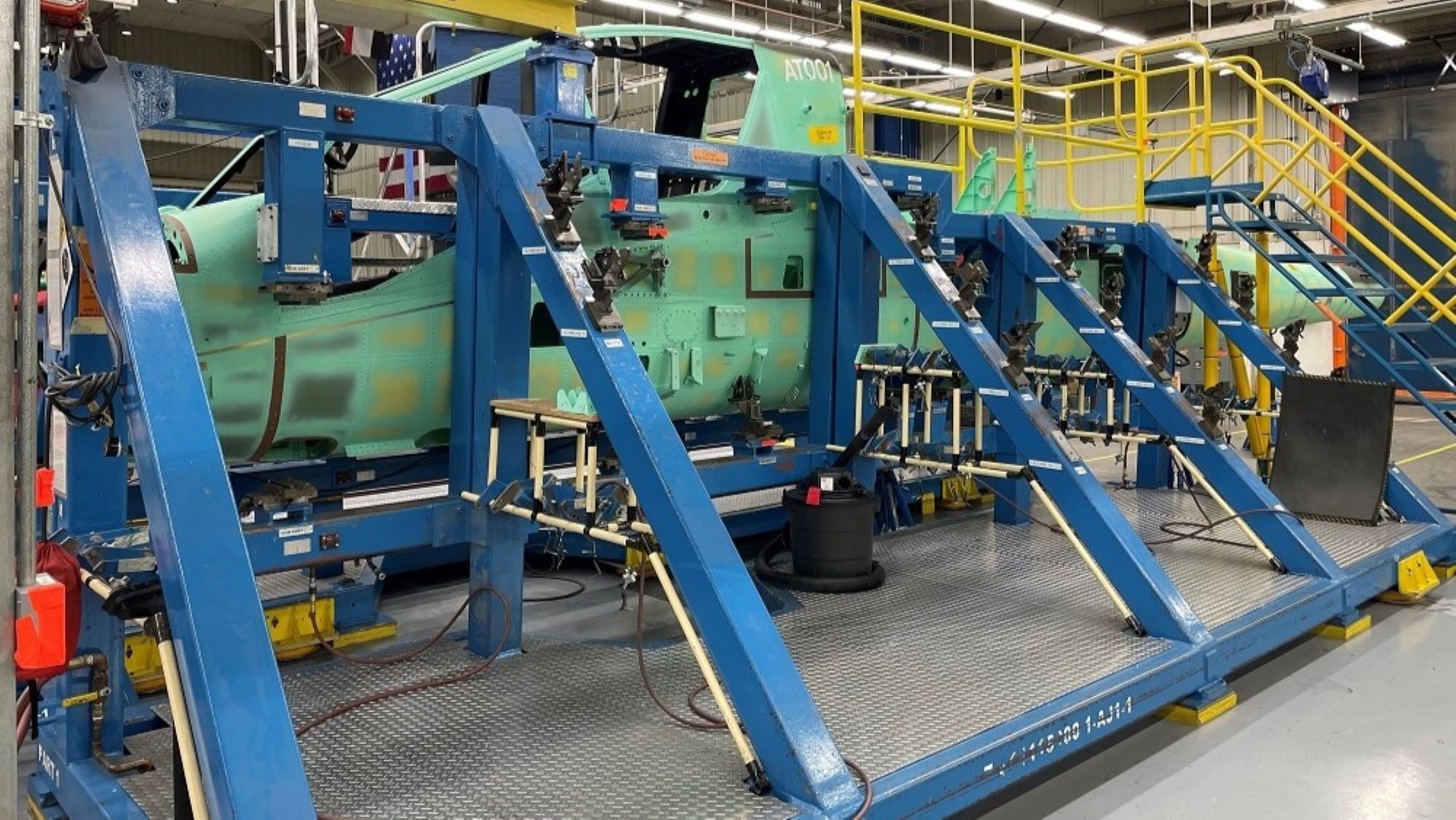






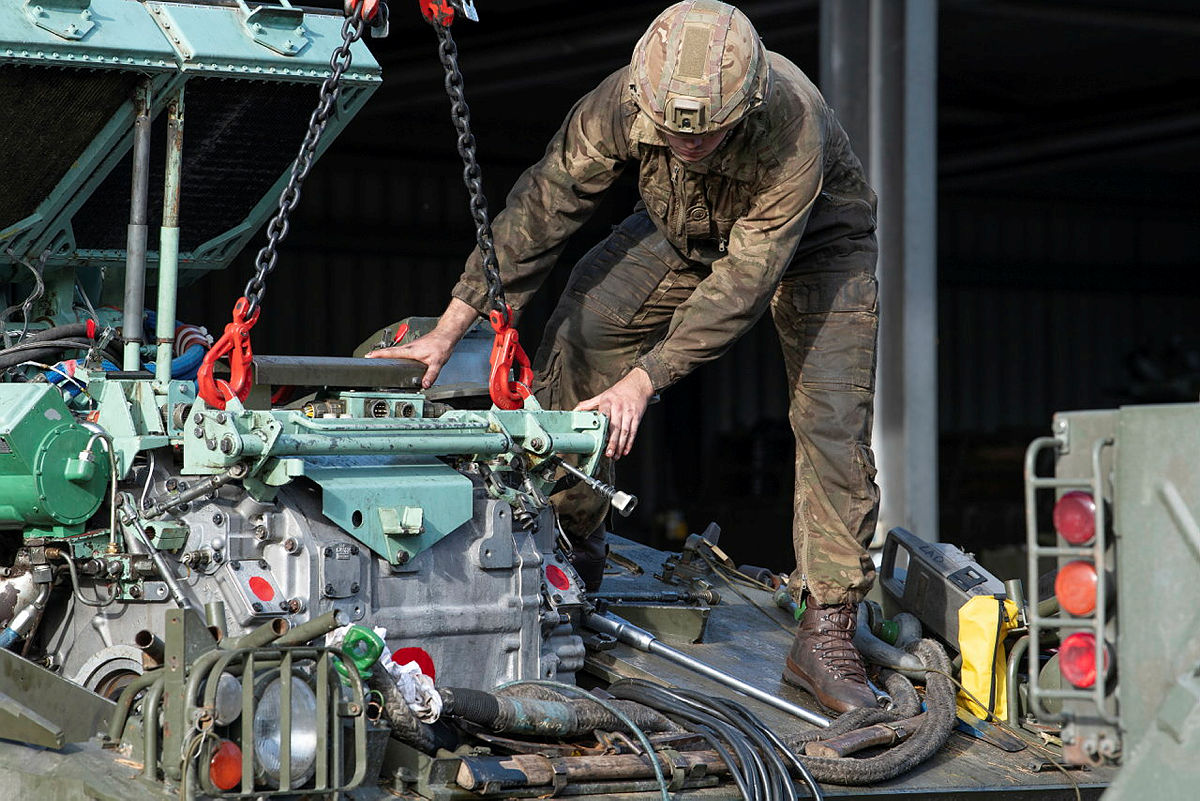

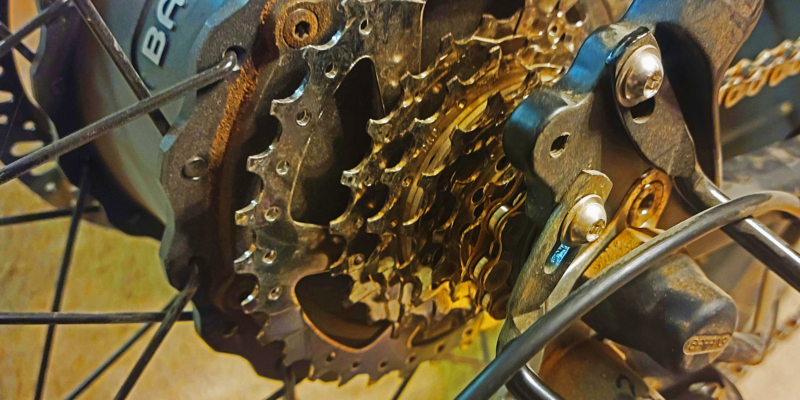











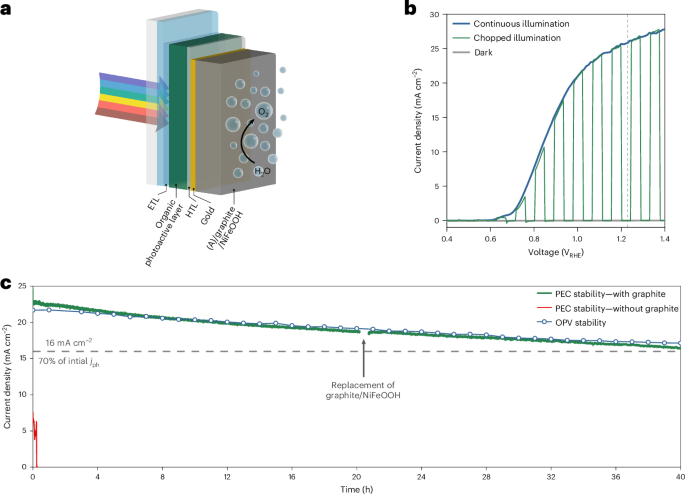










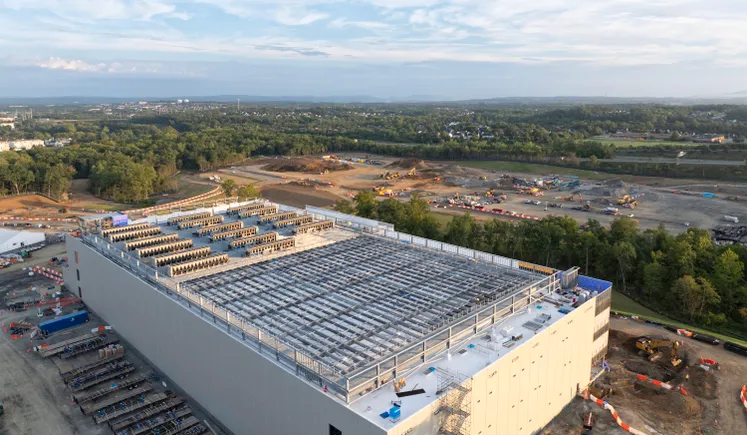
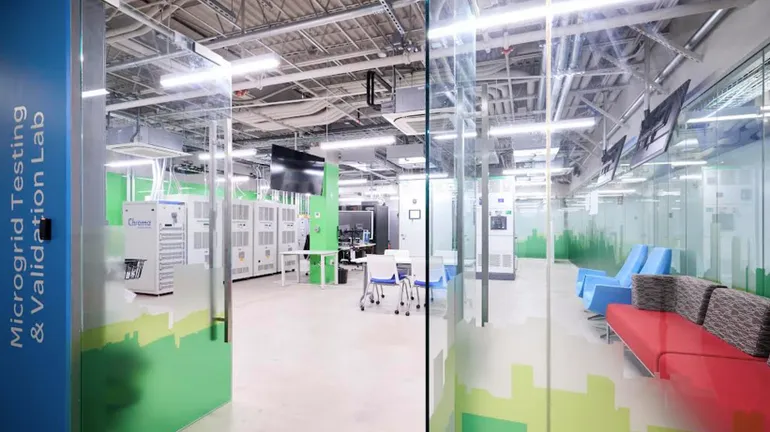

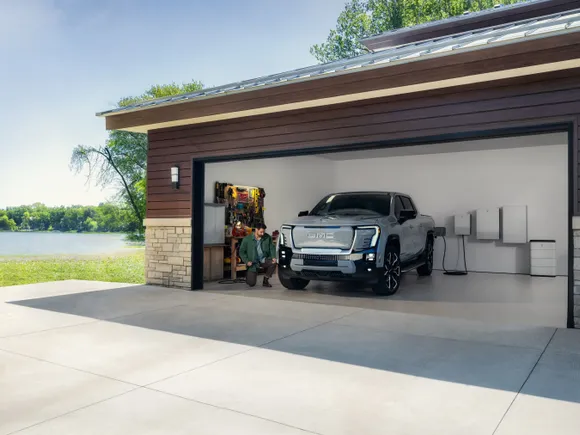


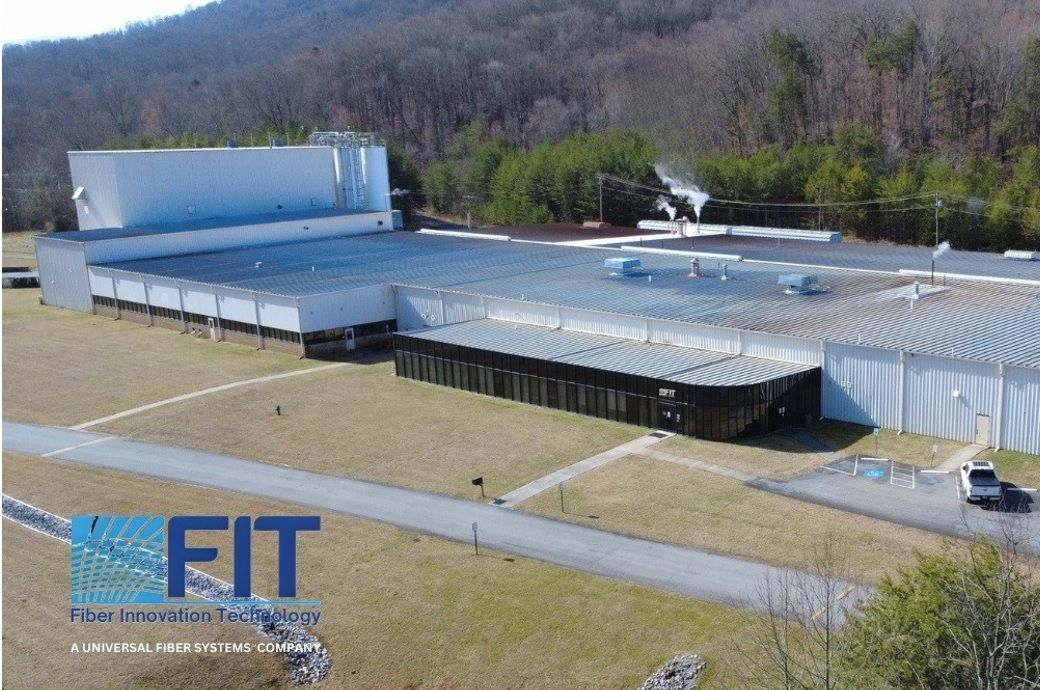

















.jpg)








